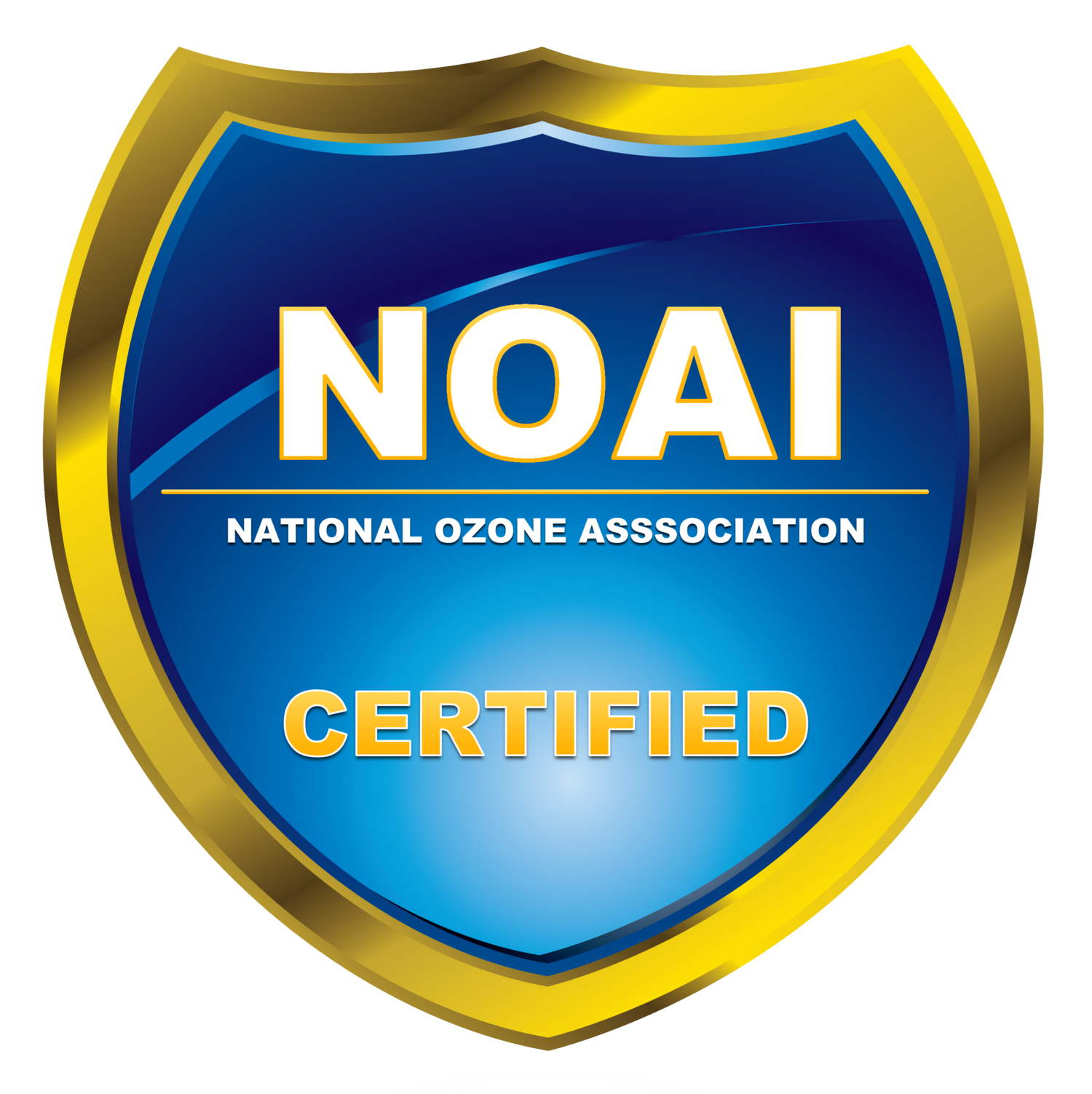Better Infection Control
The power of an eco-safe oxidative process for sanitizing
The National Ozone/Oxidative Association has taken a proactive approach to infection control. Though the pandemic has passed, the reality is that we have now entered the Endemic stage when we can expect new variants of the coronavirus and other infectious diseases, like the flu, colds, or bacterial threats.
The basic reality is a proactive maintenance program that provides a reasonable level of infection prevention habits. We are looking at better infection control solutions, and to be fair, ozone treatments are not the most convenient way to routinely treat a building.
It will help to know that ozone is primarily an oxidative process. The extra oxygen atom actually attacks the outer membrane of a virus or bacteria and destroys the cell by destroying the outer skin.
Running an ozone generator for 3-4 hours can be inconvenient, so what else can do the same kind of oxidative treatment without the treatment time and lingering odor of ozone?
SaniZone is the answer. The ingredients in SaniZone are registered with the EPA in a variety of products, and are even found on the N list.
SaniZone can be applied by a ULV or electrostatic fogger in minutes and leave only a mild, non-aggravating smell.
NOAI is an advocate for oxidative treatments whether by a gas like ozone or a fogging system used by the SaniZone process. Oxidative processes reduce the chemicals used on the job, leaves no residue, and has no wastewater to pollute the waterways.
In addition, fogging a building is economical. Routine fogging can be done in minutes whereas hand cleaning and sanitizing can take hours.
The Benefits of SaniZone Sanitizing are:
Uses the same oxidative process as ozone
Is more efficient and more economical
Uses an EPA registered ingredient that leaves no residue
Also treats odd odors in the building
Can be applied by direct spray on problem areas.

